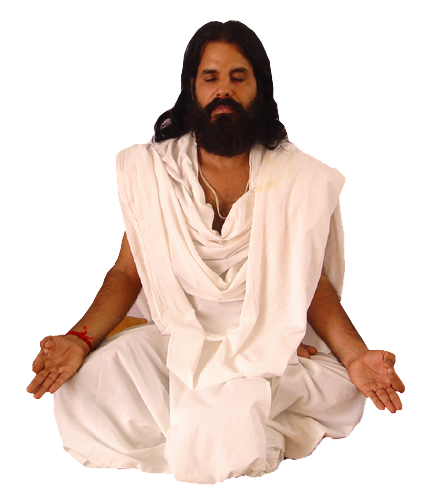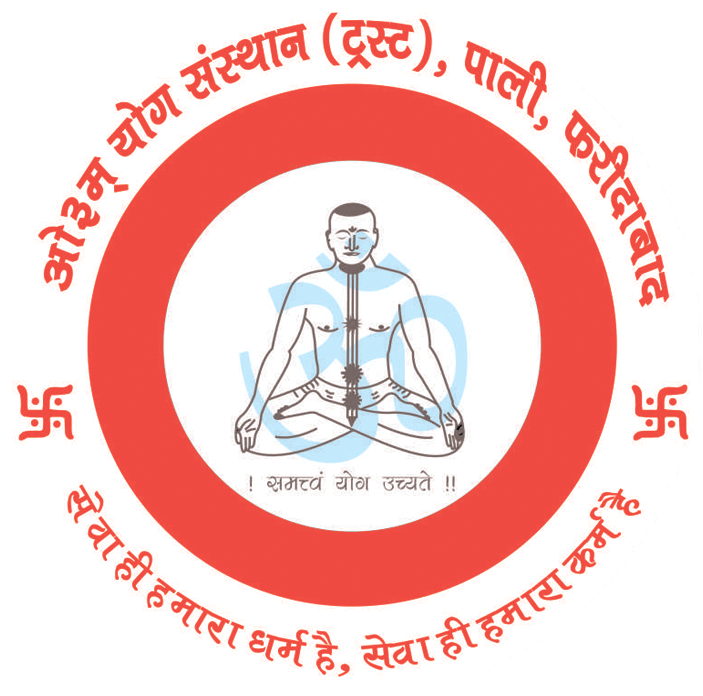- Bajrangasana
- Kukkutasana
- Omkarasana
- Garbhasana
- Titibhasana
- Kurmasana
- Vakasana
- Parvatasana
- Mayurasana
- Padmasana
- Sidhasana
- Swastikasana
- Shirshasana
- Pavanamuktasana
- Uttanpadasana
- Ardha-halasana
- Sarvangasana
- Matsyasana
- Halasana
- Kandhrasana
- Setubandhasana
- Naukasana
- Chakrasana
- Alambasana
- Bhujangasana
- Shalbhasana
- Dhanurasana
- Khagasana
- Dandasana
- Janushirasana
- Paschimottanasana
- Vakrasana
- Ardha Matsyendrasana
- Vajrasana
- Supta Vajrasana
- Ustrasana
- Yogamudrasana
- Shashankasana
- Baddh Padmasan
- Gomukhasana
- Aakarnadhanurasana
- Bhadrasana
- Vibhakta Paschimotanasana

Method
Sit in the position of dandasana. First of all fold your right leg and keep right heel near anus. Similarly fold left leg and left heel should also be at the same place (as shown in the figure). Now sit on both the heels. Knees will be sideways. Both the hands keep it on respective knees in the position of gyan mudra. Straighten your back. Look in front of you. Inhale and hold the breathe for some time. Concentrate at one point. If you want to exhale you can do it very slowly. Now breathe normally and stay in this position for some time. After some time remove your hands from knees leave gyan mudra put down hips from heels and sits an ground. Now Straighten your legs. Heels and toes should be touching each other keep both hands side ways and come in the position of dandasana. this completes one cycle. Take rest after doing two to three cycles.
Benefits
This asana makes muscles of feet flexible. This posture is very useful for meditation. Because of its position (Muladhar Chakra) becomes activated
Time
In the beginning do this asana for 1 minute then, it can be increased up to 7 minutes. In the beginning do one cycle only then, it can be increased up to three cycles.
